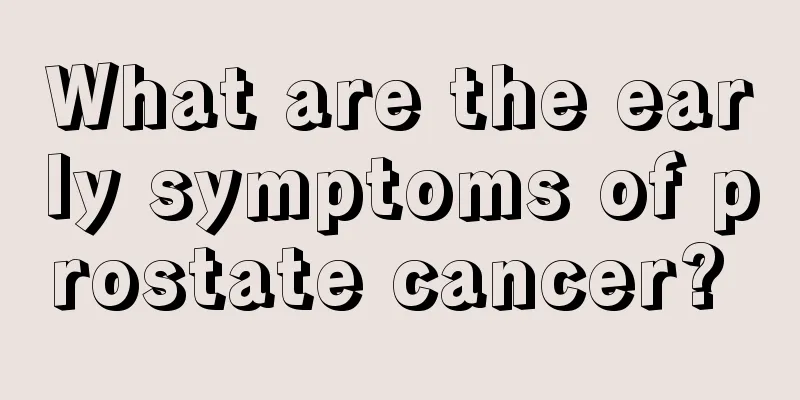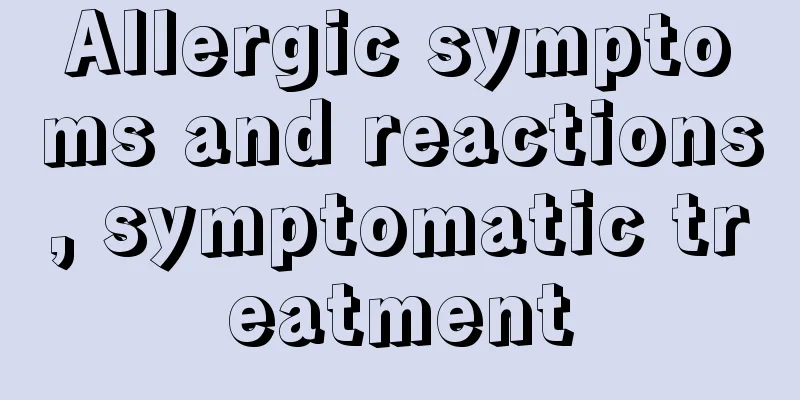The process of waking up a patient in a shallow coma

|
Light coma is a type of coma with relatively mild symptoms. For patients in a light coma, as long as certain nursing care is done and treatment is persisted, the patient will wake up. However, there are still many things that need attention when treating and caring for patients in a shallow coma. Below we will introduce in detail the causes, clinical manifestations and treatment principles of shallow coma. 1. Causes and common diseases Shallow coma is seen in various febrile diseases, poisoning, etc. When it develops to a certain extent, delirium tremens and coma will occur. Febrile diseases that are related to the brain include encephalitis, meningitis, rabies, etc.; pneumonia and typhoid fever that cause unconsciousness due to high fever; tetanus that causes unconsciousness after convulsions, etc. Poisoning, severe diabetes, severe liver disease, uremia with renal insufficiency, severe emphysema and pulmonary fibrosis, etc., which cause accumulation of metabolic products in the body and lead to unconsciousness. Poisoning by alcohol, carbon monoxide, hypnotic drugs, and the recent photochemical smog are also causes of confusion. Confusion caused immediately after trauma, but loss of consciousness caused by subdural hematoma after several days or weeks, is easy to misdiagnose, so special attention should be paid. Children suffering from acetonemia with diarrhea and vomiting and toxic bacillary dysentery may develop confusion. 2. Clinical manifestations Light coma means that there is a response to strong stimulation, but there may be less unconscious activity, and abdominal wall radiation disappears, but corneal radiation, light reflex, cough reflex, swallowing reflex, and tendon reflex exist. Inhibition is at the cortical level. 3. Treatment principles Mainly treat the primary disease and prevent it from developing into a deep coma. When a person who is suspected to be unconscious suddenly appears around you, the easiest way is to touch his/her cornea lightly with a cotton wick. A normal person or a person in a light coma will blink, but a person in a deep coma will have no reaction. When a coma is confirmed, the person should be escorted to the hospital for emergency treatment as soon as possible. When escorting the person to the hospital, pay attention to the following points: 1. Make the unconscious person lie flat with his head tilted to one side to keep the airway open. 2. If the unconscious person has removable dentures, they should be removed immediately to prevent them from accidentally entering the trachea. 3. Make sure to keep the unconscious person warm to prevent him from catching cold. 4. Closely observe changes in the patient's condition and frequently call the unconscious person to understand his or her state of consciousness. For the restless injured, strengthen protection to prevent accidental injuries. 5. For those who have been injured, provide relevant first aid measures. |
<<: Is it normal not to catch a cold for a year?
Recommend
Half-court basketball rules
As the NBA is gaining more and more attention in ...
What are the effects of hot compress with fried salt
Hot compress with fried salt is a common physical...
How to self-diagnose colon cancer? 5 signs that colon cancer is coming to you
Generally speaking, if there is a tumor in the in...
Techniques for unblocking breast meridians
Correctly taking the method of breast meridian dr...
What nursing measures should be taken for anxious patients?
Anxiety disorder is not unfamiliar to many people...
What to do if the left and right legs are not the same thickness
People's left and right legs will be differen...
What are the dangers of proteinuria kidney disease
The general cause of proteinuria is damage to kid...
Conventional methods of Western medicine in treating bile duct cancer
Conventional methods of Western medicine for trea...
What should you pay attention to during confinement in June
The weather in June is very hot, so many women wh...
What happens if rheumatism becomes serious
Rheumatism is a disease with a relatively high in...
Daily requirements for patients with rectal cancer stoma
After rectal cancer patients have just completed ...
Will breast puncture biopsy cause the spread of breast cancer?
Breast biopsy does not cause breast cancer to spr...
What shoes are best to wear with shorts in summer?
Now that living standards have improved, people n...
Pain in chest and back
When people are healthy, they don't cherish t...
Can contact lenses be used for astigmatism?
Nowadays, there are more and more people who are ...









